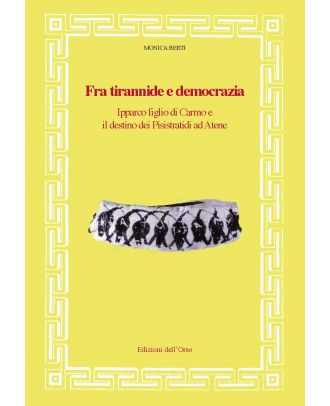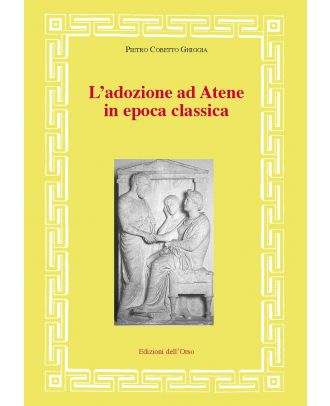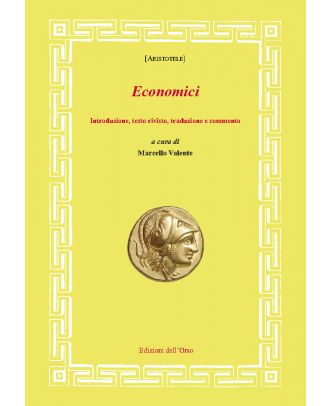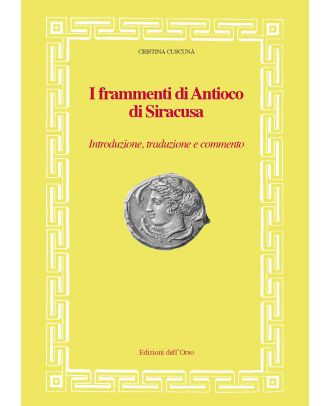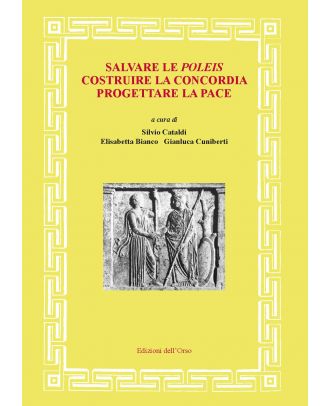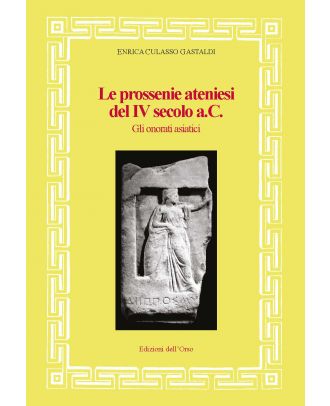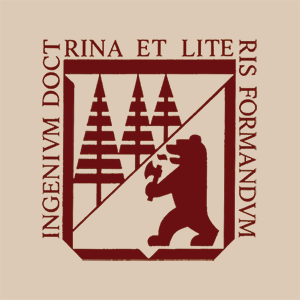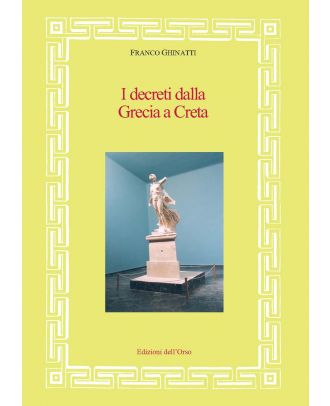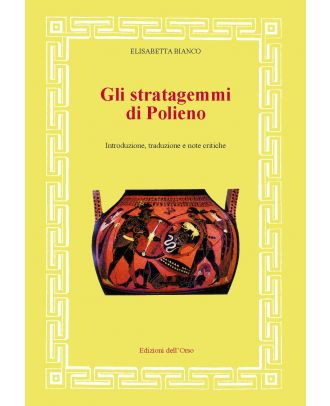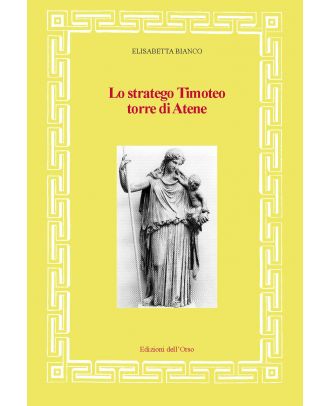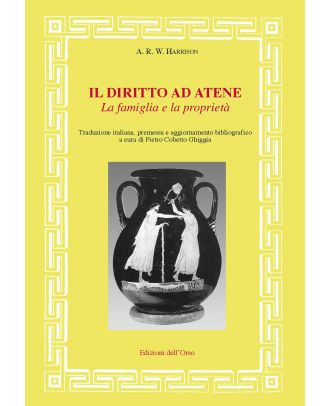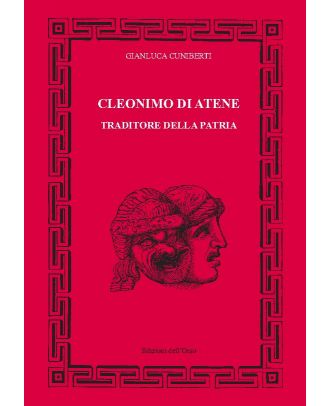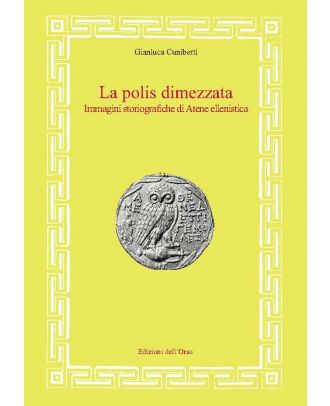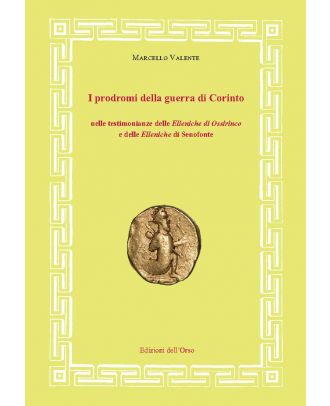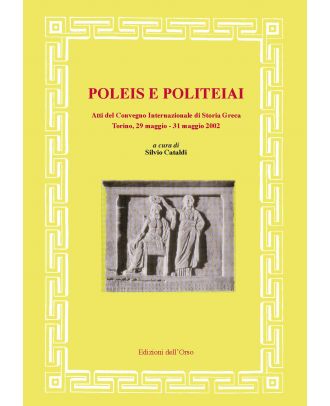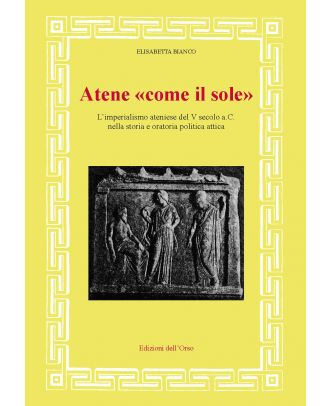Frontiere del Parnasso
| ISBN | 978-88-6274-311-2 |
|---|---|
| Numero in collana | 14 |
| Collana | Fonti e studi di storia antica / ISSN 2611-4232 |
| Curatore | Giovanna Daverio Rocchi |
| Pagine | 172 |
| Anno | 2011 |
| In ristampa | No |
| Descrizione | Frontiere del Parnasso |
Prefazione • Introduzione, Criteri di appartenenza etnica e controllo del territorio. Considerazioni in merito al rapporto tra etnicità e confini istituzionali • Capitolo I, Identità etnica, appartenenza territoriale e unità politica del koinon focese • Capitolo II, Strutture urbane e centralismo politico nel koinon focese • Capitolo III, Insediamento coloniale e presidio militare alla frontiera focese-beotica • Capitolo IV, La hiera chora di Apollo, la piana di Cirra e i confini di Delfi • Capitolo V, Topografia dello spazio internazionale. La hiera hodos da Atene a Delfi • Capitolo VI, La sismicità della Focide orientale e della Locride (Epicnemidia e Opunzia) nella storia del territorio e nella tradizione letteraria • Abstract • Appendice 1 Disperazione focese • Appendice 2 Tsunami
The essays here collected focus on a series of issues pertaining to the region of eastern Phocis in the history of central Greece and to the process of construction of the Phocian federal state. The position along the necessary itinerary that took from Thermopylae to southern Greece marked Phocis' character as a frontier region. The image of profound unity by which the Phocians elaborated their selfrepresentation is coherent with the strong sentiment of national identity that constituted a key factor in some of the major political and military moments of their history; it emerged in the communal cult to the ethnos' eponymous hero and in the profound significance of the pan-national festivals held at the federal sanctuary. Mt. Parnassus can be taken as the landmark most charged with actual and symbolic meanings in the region's history, even if the presence of the panhellenic sanctuary of Apollo in western Phocis brought upon this mountain an sacral aura that made it an emblem for all of the Greek world.
Giovanna Daverio Rocchi is Professor of Ancient Greek Ristory at the Università degli Studi of Milano. Rer research focuses on the political and social history of the ancient Greek world and on the organization of the space in the polis, with special attention to the areas of frontier. She has published numerous articles in Italian and foreign journals and has also edited a number of translated and commented editions of Greek classics (Thucydides and Xenophon), university handbooks for the study of institutions and a history handbook for secondary schools. Prof. Daverio Rocchi contributed to the Der Neue Paulv. Reallexikon der Antike, Stuttgart 1999- and is the author of: Frontiera e confini nella Grecia antica (1999), Il Peloponneso di Senofonte (2004), Tra concordia e pace. Parole e valori della Grecia antica (2007).

